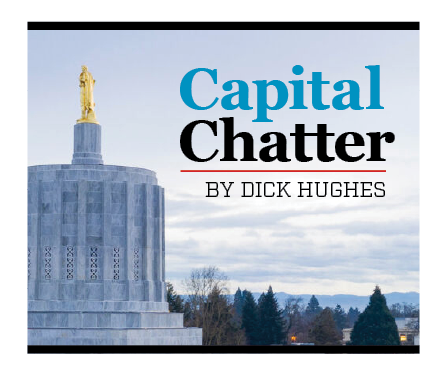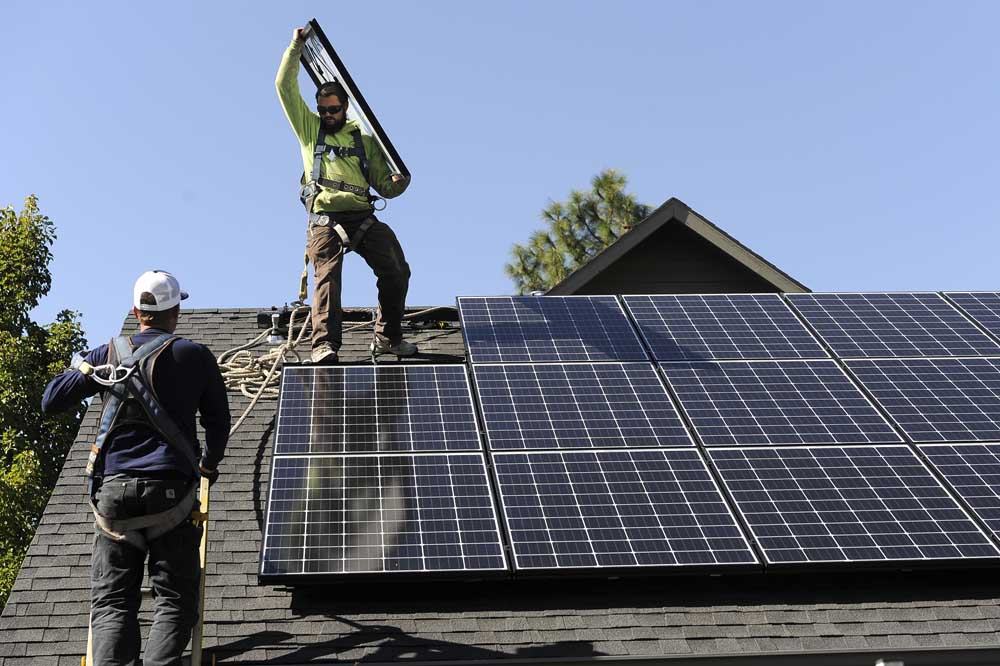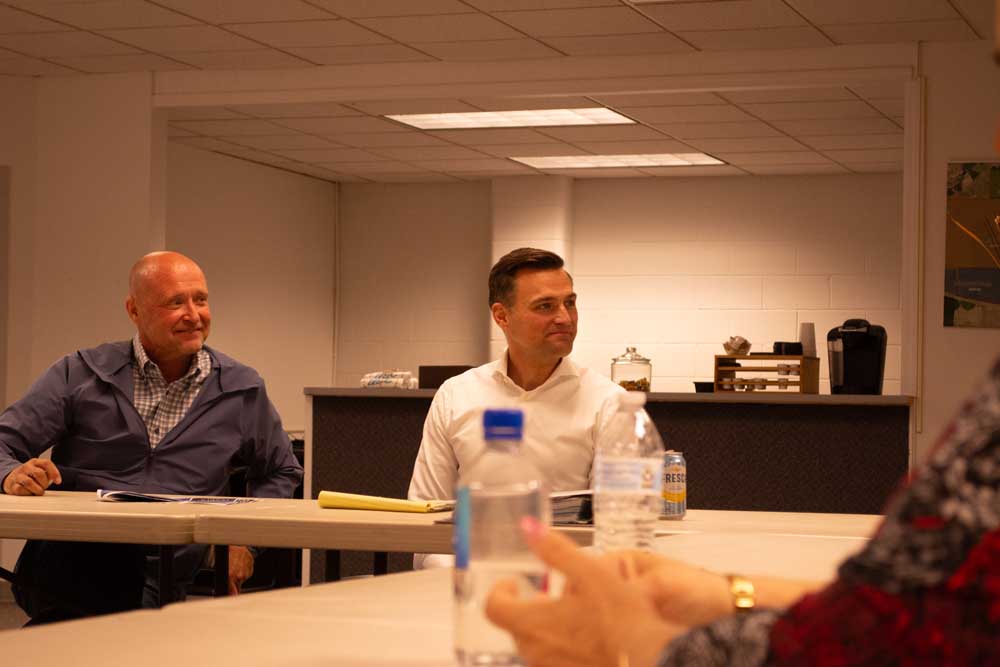Capital Chatter: Three observations about Oregon election outcomes
Published 4:00 pm Thursday, November 14, 2024

- capital chatter logo
Democrats run the West Coast, but what does that mean for Oregonians amid President Donald Trump and national Republicans’ success in last week’s elections?
Trending
Here are three observations.
1. Oregon still will trend Democratic, probably, sort of
Democrats swept the statewide offices, flipped the 5th Congressional District seat with Janelle Bynum’s victory and, by electing a Democrat from Deschutes County, achieved a supermajority in the state Senate. Bend City Councilor Anthony Broadman won the seat currently represented by former Senate Republican Leader Tim Knopp of Bend.
West of the Cascades, voters ousted conservatives Tootie Smith and Mark Shull from the Clackamas County Board of Commissioners, replacing them with Craig Roberts and Melissa Fireside.
Trending
“Demographics still favor the Democrats, and Deschutes County is a classic case of that,” political scientist Jim Moore said. “Clackamas County is becoming more democratic every day.
“The population areas as they grow become more Democratic. The only exception is Southern Oregon, but Southern Oregon is kind of in a standoff between the southern part of the valley with Ashland and then the northern part of the valley with Medford. And so, they have Democrats and Republicans split there.”
And in a development this week, pro-Democratic labor unions could expand their statewide influence. SEIU 503, the largest union in Oregon, is rejoining the Oregon AFL-CIO after a nearly 20-year split.
Meanwhile, the greatest growth in the electorate has been among voters who don’t choose a party affiliation. They generally vote at a lower rate than party members, Moore said. When they do participate, unaffiliated voters tend to represent the same political preferences as their neighbors.
Trump did better in Oregon than many people expected. Early election returns suggested some Democrats favored him this year after backing Joe Biden four years ago.
“if I were a Democrat here in Oregon,” Willamette University law professor Norman Williams said, “I’d be interested in trying to figure out what happened there that a number of Democratic voters from 2020 changed their mind.”
Much has been written nationally about the Democratic party trying to figure out what went wrong.
“There is obviously a cohort of voters that think the Democratic party’s moved too far to the left on key issues like immigration,” Williams said. “The Republican party in Oregon I wouldn’t say is competitive yet, as the statewide races are showing. But Democrats here in Oregon should be at least engaging in that same introspection of what’s going on here that Republicans are trending in the right direction in the state and Democrats aren’t.”
2. Business can win
New mayors in two of Oregon’s three largest cities come from the business community. Portland elected political outsider and eco-friendly trucking CEO Keith Wilson. Salem chose restaurant owner Julie Hoy, a city councilor whom business groups backed.
Homelessness might have been the defining issue in Wilson’s election.
In Salem, Hoy was the only mayoral candidate on the ballot, having won the May primary. Incumbent Mayor Chris Hoy, a former Democratic legislator and no relation to Julie Hoy, was doomed by his advocacy for an unpopular and thus unsuccessful city tax on people who work in Salem.
Oregonians also overwhelmingly sided with business by clobbering Measure 118, which would have taxed corporations and distributed the proceeds to all the state’s residents.
The overwhelming “no” vote – 77.77% – surprised Erik Andersson, president of the Strategic Economic Development Corp., or SEDCOR. He feared that people, having heard of record corporate profits coupled with facility closures, would buy into Measure 118 without reading the fine print.
“It was very early presented as like, ‘Hey, you tax the big corporations, and everybody gets the benefit and that redistribution of wealth,’” he said.
3. The household economy does matter
U.S. voters reacted to rising prices even though Democrats could truthfully claim, based on statistics, that the economy was in good shape. Many Oregonians, including Democrats, think they’re not getting their fair economic share.
During Wednesday’s union solidarity announcement, state AFL-CIO President Graham Trainor pointed out that five Oregon unions were on strike that day – ‘‘in the public sector, in the private sector, in the manufacturing sector and in higher education.”
That will increase financial pressures on the 2025 Legislature, which also faces the likelihood that the Trump administration will reduce funding to states. The quarterly state revenue forecast, which Gov. Tina Kotek will use for her 2025-27 budget proposal, will be presented next week.
Melissa Unger, executive director of SEIU 503 and a powerful player in state politics, said the budget – including employee compensation, safe staffing at the Oregon State Hospital and funding woes at the Oregon Department of Transportation – would remain a union focus in the Legislature.
“We really represent people who provide services in every corner of our state, whether it’s home care workers or nursing home workers or state workers or local government workers or higher ed workers,” Unger said. “And so, making sure that … Oregonians get quality services throughout the state, and that the people who do those jobs have good jobs with good benefits and good pay, is central to our agenda.”





